My favorite wagashi resources
Table of Contents
I have been making sweets for every tea class for a couple years now. I’m still learning constantly, and failing frequently, but I’ve gotten to a point where I’m usually comfortable serving what I’ve made to the students. You can see some of my more recent sweets below.
My first tea teacher, Kimiko Gunji-sensei, just released a new wagashi cookbook in English called Wagashi: Season by Season which got me thinking about the resources I’ve used to make sweets. With that in mind, this post is a [non-exhaustive] list of my favorite wagashi resources.
Books
There are tons of wagashi books available, and I can’t claim to have read all of the classics. Nevertheless, these are my favorites so far.
English Books
The Art of Wagashi
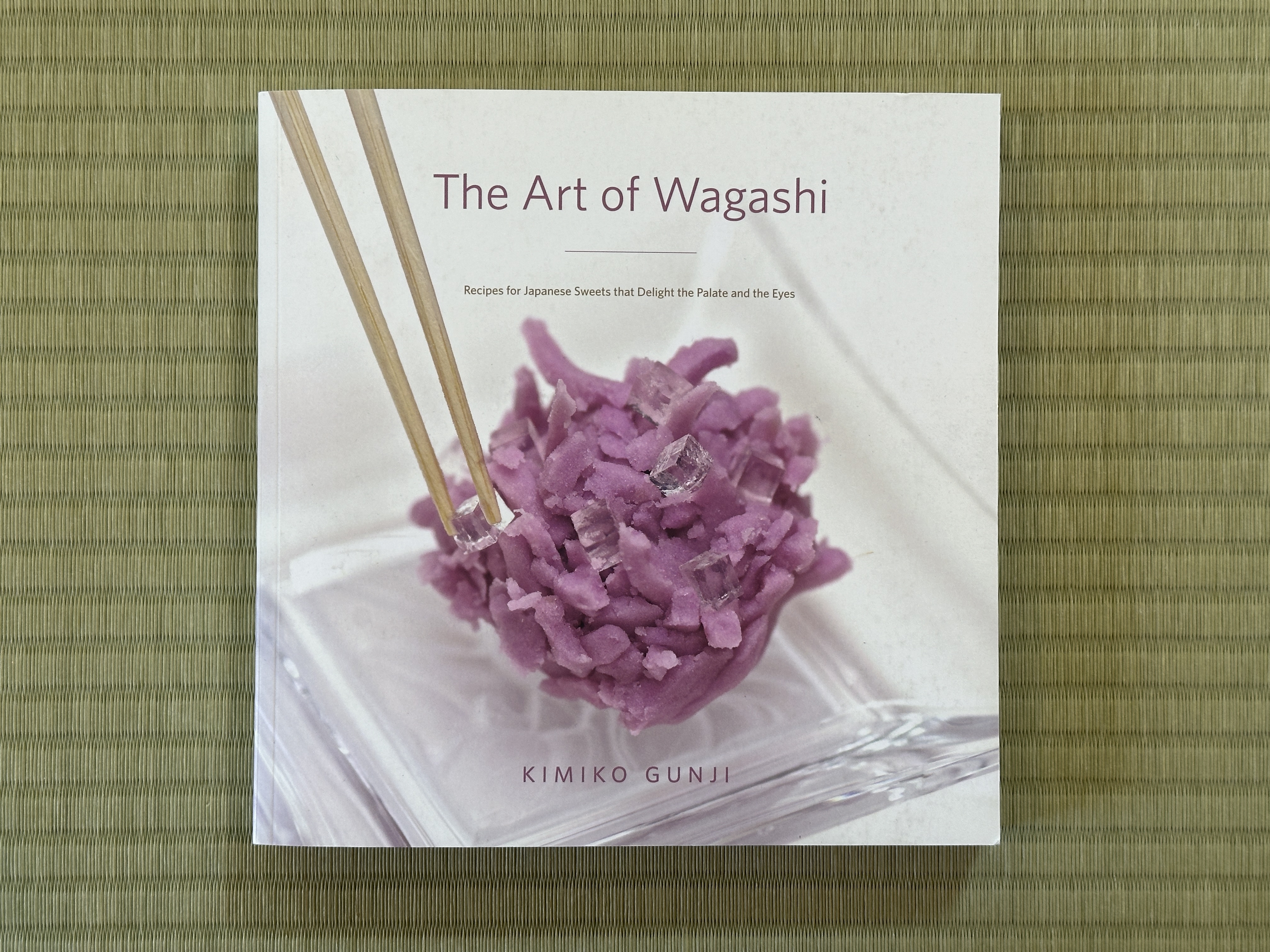
- Goodreads link
- Japan House purchase link
- ISBN 9780578453828
Without a doubt, this is my favorite English wagashi recipe book. I was studying at Japan House while Gunji-sensei was developing the recipes for this book, and she put an enormous amount of work into 1) finding alternates for cookware or ingredients not available in America, and 2) making sure these recipes are repeatable / reliable. There was also considerable effort put into the design of the book itself, with a goal that this could be a “coffee table book” as well as a recipe book.
The instructions are clear, and all techniques are accompanied by step-by-step photos. Having taste-tested almost every sweet in this book, I can attest to their deliciousness as well!
An Almanac of Urasenke Seasonal Tea Sweets
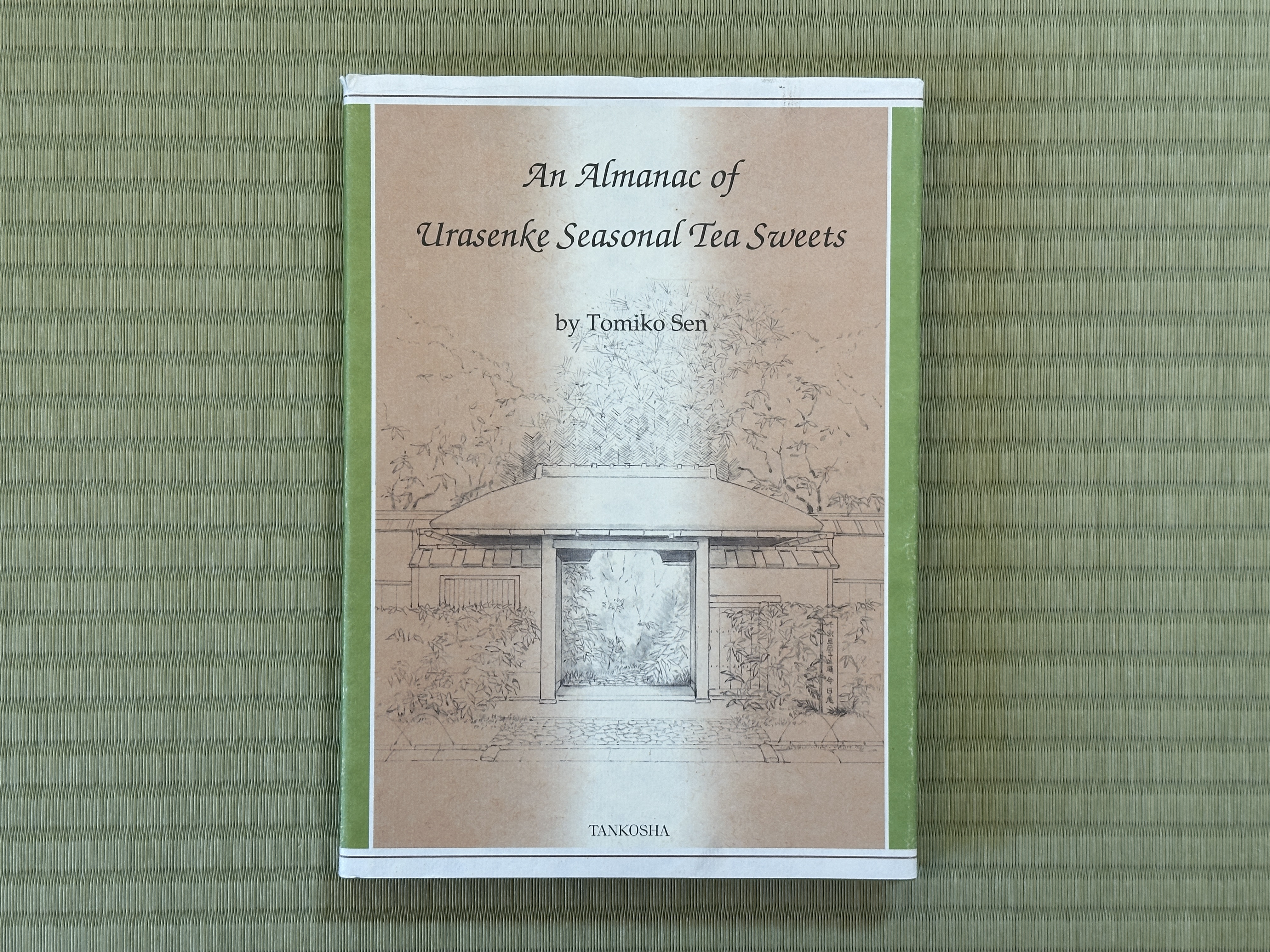
- Goodreads link
- ISBN 9784473013316
Written by Tomiko Sen, the late wife of our former grandmaster Daisosho, this book is a classic in the Urasenke community. It is unfortunately out of print, so you will need to look for it secondhand if you want to purchase it.
The book itself is written like a “sweets diary.” Organized into twelve chapters for each month, Tomiko Sen writes about how sweets intersect with her life as a member of the Sen family. The book opens with 50 pages of full-color photos of various sweets, which is also a delight.
There are no recipes in this book, but for someone interested in contextualizing why certain sweets are chosen for which month, this book is fantastic.
Japanese Books
つくってみたい茶席の和菓子十二か月
Twelve Months of Japanese Tea Sweets
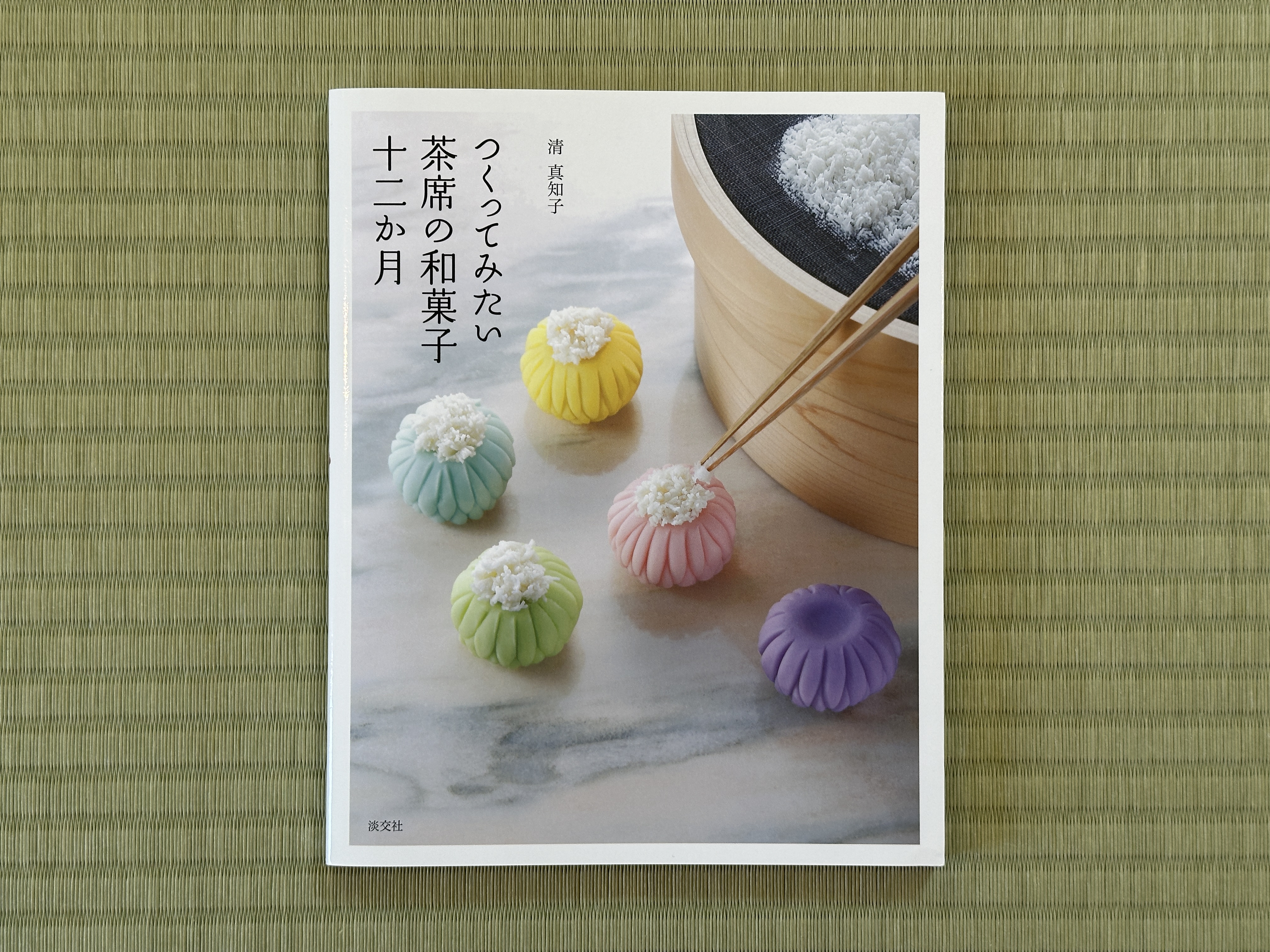
- Goodreads link
- Amazon JP link
- ISBN 9784473042033
This is my favorite recipe book, hands down. Even if you need to pull out Google Translate and line-by-line scan the instructions for a recipe, this book is worth it.
This book is organized by month, with around 6-8 recipes listed for every month. The author, Kiyoshi Machiko, covers a wide cross-section of techniques, from nerikiri to uiro to yokan to kanbaiko, and her explanations are very clear. This book is aimed at hobbyists, and she avoids using specialized equipment or difficult-to-find ingredients. Any time I want to try a new sweet, this is the book I check first.
She also has a YouTube channel!
プロのためのわかりやすい和菓子
Easy-to-Understand Wagashi for Professionals
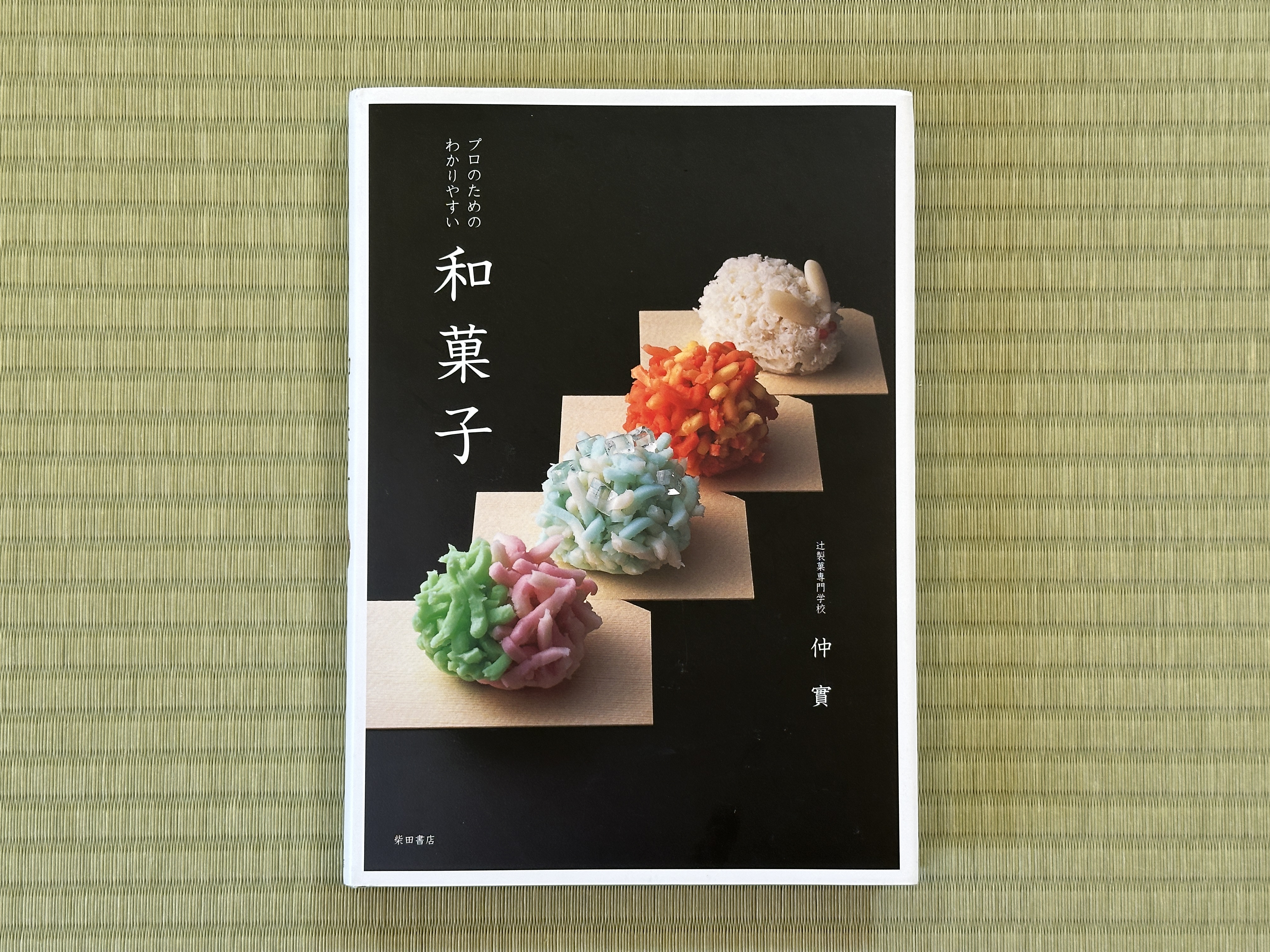
- Goodreads link
- Amazon JP link
- ISBN 9784388060009
This book and the next book are primarily “reference material” for me. They are written for more advanced wagashi makers, and most of the ingredient lists are scaled to make 30-50 servings.
Nevertheless, I love both of these books. They both have great coverage across techniques and sweets styles, so whenever I want to compare notes on recipes, I pull these out.
I wouldn’t purchase these as your first books, but if you are finding that you want to expand your repertoire, these are fantastic.
決定版 和菓子教本: 和菓子作りの基本から手順とワザまで徹底解説
Definitive Edition Wagashi Textbook: A Comprehensive Guide from Basics to Techniques and Steps of Wagashi Making
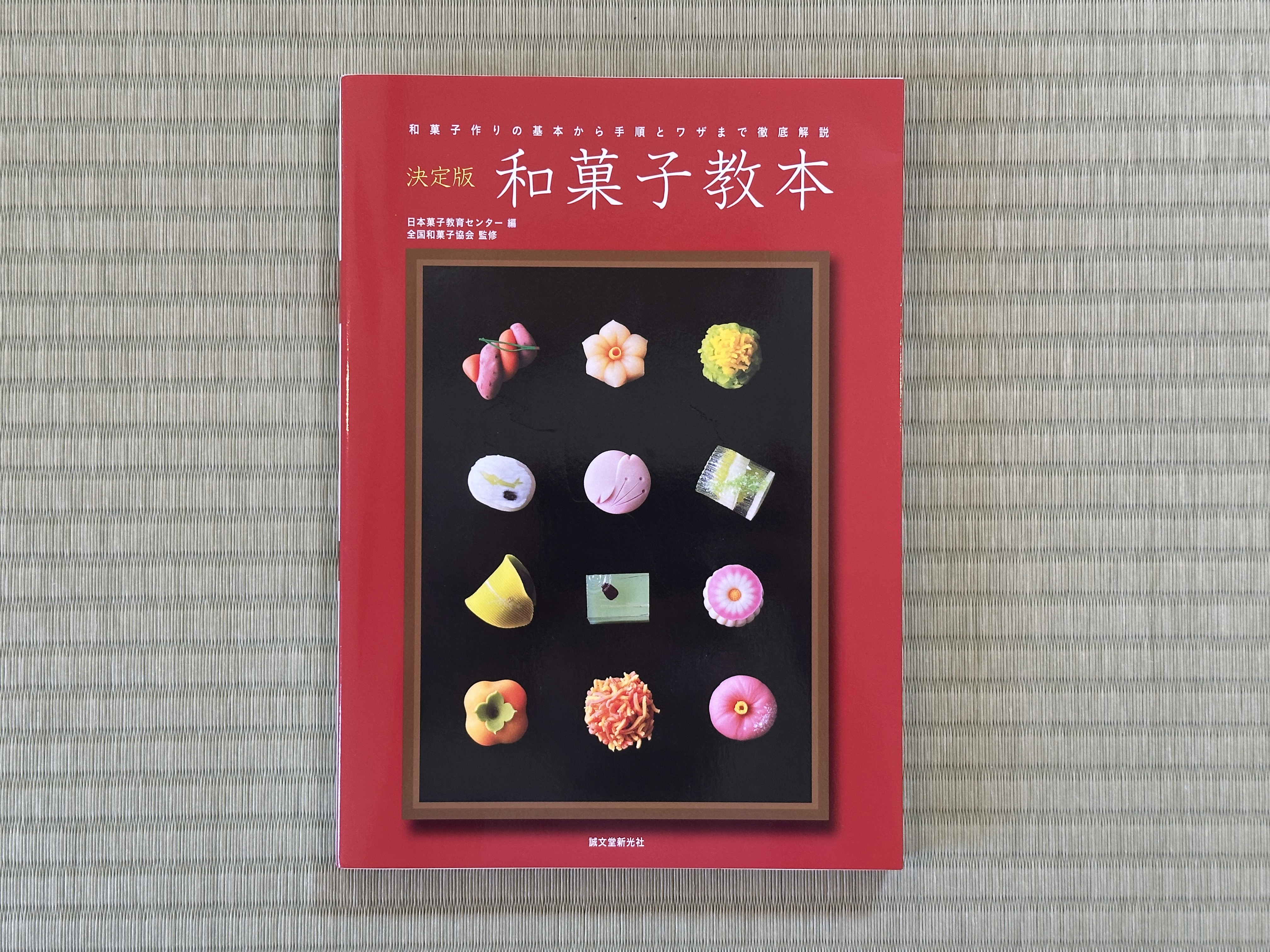
- Goodreads link
- Amazon JP link
- ISBN 9784416812938
See the prior book for a description.
Online Resources
YouTube
Authentic Japanese Sweets
This channel is run by the author of the Twelve Months of Japanese Tea Sweets book listed above. Just like the book, this is my go-to YouTube resource. She has some recipes available here not in her book (and vice versa).
As a bonus, this channel has English subtitles.
Japanese Sweets FUKU
This is my other favorite YouTube channel. It does not have English subtitles, so it takes longer to go through than the first channel, but the recipes here are excellent. These recipes are targeted at hobbyists, so most of the ingredients and equipment used are things that should be readily accessible.
Other
Wagashi Shop Instagram Accounts
Half of the effort when it comes to making sweets is just figuring out what to make. There aren’t that many techniques and recipes in the wagashi world, but motifs and designs are endless. When I’m stuck on what to make, I scroll through the Instagrams of famous Kyoto shops to get a sense of what they’re making for the season.
A list of some of my favorite accounts in no particular order are as follows:
Individuals’ Instagram Accounts
Other than the well-known shops, it’s also helpful to see what individuals are doing. For that, I have two main sources:
The first is an account focused on nerikiri, which includes videos of technique - 01_zumi.
The second is a much broader suggestion - just follow the hashtag #和菓子 on Instagram. There will be a lot of noise with this, and a lot of posts that are too flashy for tea, but it’s another great source of inspiration.
Acknowledgements
I’ve been extremely fortunate to have great teachers in my life, to live in Japan for a year while studying tea, and many other things. I don’t feel like I can talk about sweets without acknowledging the things I’ve experienced that have given me a lift, so here it goes.
The first thing I’m grateful for is just being exposed to lots of sweets. It’s hard to evaluate your own flavors and textures without having experienced great sweets yourself. I’ve been lucky enough to have eaten lots of great sweets through my life through a few different avenues:
- First was through my teacher Kimiko Gunji-sensei. She made sure we had fresh sweets every week at Japan House, and that was my first exposure to anko, kanten, mochi, any of that.
- Next was through Midorikai. The school would have sweets delivered daily for class from a rotating group of local sweets shops. Getting this every day for a full year was such a blessing.
- And now, it is through my teacher Glenn Pereira-sensei. Whenever we visit Boston, we’re treated to some truly excellent sweets.
The second thing I’m grateful for is having great teachers around to ask for help. Watching YouTube videos works well until it doesn’t, and having somebody to show you what you’re doing wrong is irreplaceable. Some of the people who have helped me in my sweets-making are as follows:
- My first real sweets-making experience was in Kyoto through a studio called Wagashi Issho. My senpai in Midorikai took us to these workshops, then when they eventually graduated, I took my own kohai to these workshops. Yasue Miyazaki-sensei and her assistant Janice are so creative and so knowledgeable. If it was Gunji-sensei who got me interested in sweets, then it was these two who showed me it was possible to make sweets myself.
- Now, I generally make sweets on my own, but I have my teacher Glenn Pereira-sensei on speed dial for when I need help. He has given me innumerable recipes to try, and he is always willing to give me advice when things go wrong.
Many thanks to those who have helped me in the past, and to those who continue helping me ❤️.